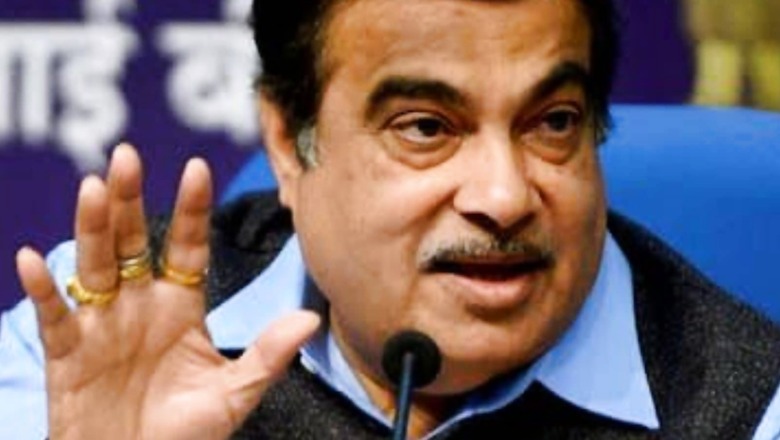
views
Minister of Road Transport and Highways of India Nitin Gadkari insisted on use of geospatial technology (GT) to boost infrastructure development in the country while speaking at the inaugural session of GeoSmart Infrastructure 2022 Digital Empowerment of Transport Infrastructure Development.
The Union Minister emphasised the importance of technology in all infrastructure project improvements, particularly at the planning stage, to improve the process, construction quality, and prevent unnecessary future investment.
Gadkari said that businesses involved in creation of detailed project reports (DPRs) for infrastructure projects should be educated on applicable technology such as Geographic Information System (GIS) data and digital maps.
According to him, this would aid in improved planning and design, resulting in projects that are more sustainable, durable, and cost-effective in the long run.
TECHNOLOGICAL SOLUTION
To understand how this technology works and the future possibilities, News18 spoke to a few industry experts.
According to experts, geospatial technology is perfect for locating items and people using geographic coordinates.
It is a new area of research that incorporates Geographic Information System (GIS), Remote Sensing (RS) and Global Positioning System (GPS).
Amit Lakhotia, Founder and CEO of Park+, told News18 that geospatial technology plays a pivotal role in, transportation — identifying the exact location, time of arrival, route making, and navigation, forestry-detecting forest fires, deforestation patterns, and preventing large-scale wildfires (recent forest fires in California), healthcare- monitoring areas of epidemic outbreaks (Ebola monitoring in Africa).
“From an infra industry POV, GT can allow stakeholders to analyze, model, simulate and visualize various optical variables (topography, elevations, scale etc),” he added.
Furthermore, the industry insider said: “India has the second largest road network in the world, spanning over 58 lakh km. With GT at play, we can expect improved planning, optimal resource allocation and timely execution of large-scale projects.”
As per Lakhotia, the government can employ the technology to improve Indian highways by implementing GPS-based toll collection, speedier RSA services, better EV charging networks, and traffic management.
“Furthermore, the recent floodings in Bangalore could’ve been anticipated and managed better had geospatial technologies been leveraged efficiently,” he noted.
However, Ashwani Arora, executive director at Marketxcel, said that the technology has a wide range of applications in infrastructure development, including site identification, construction progress, and tags to determine and
monitor upkeep.
While talking about the use of this technology, he added: “Drones that are prominent in the area leverage these technologies for surveillance. Construction vehicles are equipped with technology for remote monitoring. It will allow the participation of international partners.”
He also said that the technology could help to speed rural growth and development by allowing authorities to track area development and local efforts.
Separately, Iesh Dixit, founder and CEO at PowerPlay, believes that strategic use of this technology before starting any project can give great insight for better and faster decision-making.
While sharing examples related to infrastructure, he said: “Construction engineers and contractors can get accurate insights on surveys to create road or rail networks, electricity or water pipelines, telecom facilities, etc.”
“Beyond monitoring, they can also help in closing down on the ideal location for social-infrastructure projects,” he added.
Dixit believes that to provide a favourable experience for the general public, the infrastructure and construction industries must keep up with technological advancements. Furthermore, according to him, adopting geospatial technology throughout the project’s planning stage helps save many risks, problems, and reconstruction.
“Constructing a flyover over five years will not be an accepted norm for generations to come. The younger lots believe in fast and quality turnarounds, hence the traditional approach of construction delay must stop. Without the right delivery of infra project on time, we can never grow,” he suggested.
Read all the Latest Tech News and Breaking News here




















Comments
0 comment